- Joined
- 9 October 2009
- Messages
- 21,969
- Reaction score
- 13,615
Indeed, you would definitely need a decent supersonic anti-ship missile to have any hope of getting this concept to work even moderately.
Persistenceit seems these units would be impossible to supply or move without local air superiority. And if you have local air superiority, what goal are they serving?
The Mantis T family would seem very limited as the vehicles can not drive up the beach w/ logistics. The folks w/ the boat truck from Michigan would seem the only solution which makes sense...Future Force Magazine Marine Corp Technology
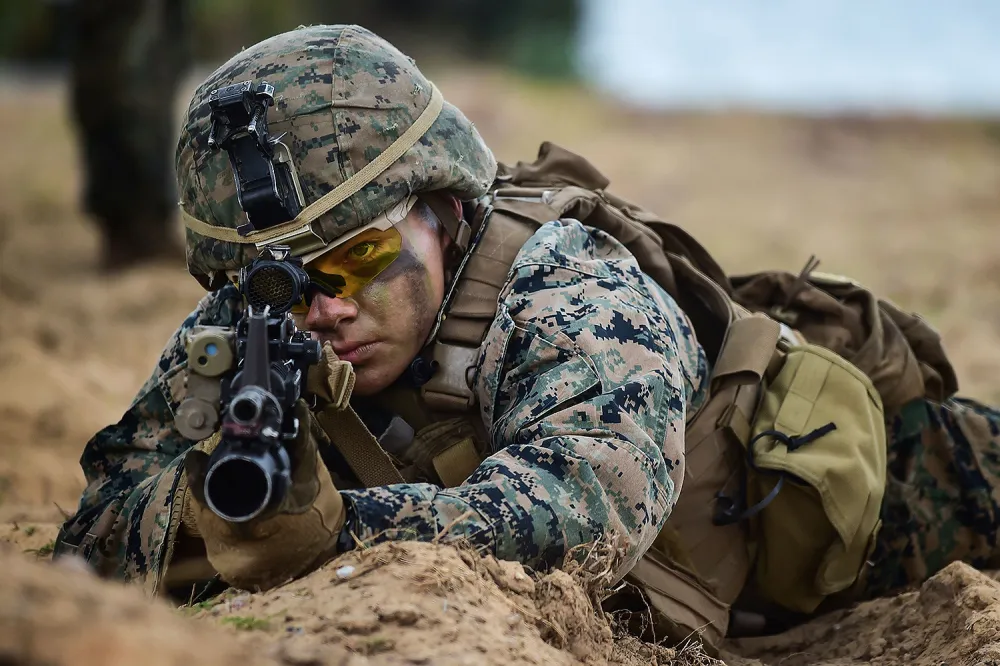

The Tip of the American Military Spear Is Being Blunted
Reforms to the Marine Corps may be necessary to face China, but Congress needs to ask hard questions.foreignpolicy.com
Instead of anti-ship missile bases, I'd think the main tasks ought to be:
1. Maintain SAM umbrella, which will be needed for self protection, supporting the air war and maintain a corridor to resupply Taiwan. The need to closely integrate with navy CEC networks as well as skill in operating in air denied environments is not simple and can be argued do not fit with big army.
2. Operate facilities independent naval resupply assets: port facilities in forward areas is unlikely to survive. Field engineering and specialized assets would be needed for bulk resupply. If one envisions resupplying Taiwan in a multi-year campaign with attrition from A2AD, the force needs gets rather big.
3. Low supply land warfare. It should not be assumed that China would not attack lightly defended islands with land forces. The kind of land warfare that would occur would be very different from continental wars as supply would be limited on both sides and extreme weight efficiency is order of the day. This also ties back with the traditional marine mission.
it might not be a multi-year more like multi minute one way or the other..Instead of anti-ship missile bases, I'd think the main tasks ought to be:
1. Maintain SAM umbrella, which will be needed for self protection, supporting the air war and maintain a corridor to resupply Taiwan. The need to closely integrate with navy CEC networks as well as skill in operating in air denied environments is not simple and can be argued do not fit with big army.
2. Operate facilities independent naval resupply assets: port facilities in forward areas is unlikely to survive. Field engineering and specialized assets would be needed for bulk resupply. If one envisions resupplying Taiwan in a multi-year campaign with attrition from A2AD, the force needs gets rather big.
3. Low supply land warfare. It should not be assumed that China would not attack lightly defended islands with land forces. The kind of land warfare that would occur would be very different from continental wars as supply would be limited on both sides and extreme weight efficiency is order of the day. This also ties back with the traditional marine mission.

The Tip of the American Military Spear Is Being Blunted
Reforms to the Marine Corps may be necessary to face China, but Congress needs to ask hard questions.foreignpolicy.com
And that headline is arguably an understatement.
The recent set of war games conducted by the US seemed to indicate that as soon as one side felt they were losing the military commanders started asking for tactical nukes right away. Long wars seem unlikely under those scenarios. Besides, given the tiny inventories and enormous loss rates a major war would involve everyone would be down to small arms in a matter of weeks. A long war might look like WW1 until industry could start cranking out new build kit, and even then it might have to be lower tech to produce the required numbers.it might not be a multi-year more like multi minute one way or the other..Instead of anti-ship missile bases, I'd think the main tasks ought to be:
1. Maintain SAM umbrella, which will be needed for self protection, supporting the air war and maintain a corridor to resupply Taiwan. The need to closely integrate with navy CEC networks as well as skill in operating in air denied environments is not simple and can be argued do not fit with big army.
2. Operate facilities independent naval resupply assets: port facilities in forward areas is unlikely to survive. Field engineering and specialized assets would be needed for bulk resupply. If one envisions resupplying Taiwan in a multi-year campaign with attrition from A2AD, the force needs gets rather big.
3. Low supply land warfare. It should not be assumed that China would not attack lightly defended islands with land forces. The kind of land warfare that would occur would be very different from continental wars as supply would be limited on both sides and extreme weight efficiency is order of the day. This also ties back with the traditional marine mission.
Consider the effect of an SSGN strike on the yards and docks of Dalian.
The PLA leaders do have to consider that Japan and Taiwan DO actually have WMDs and that if they the PLA were to pull something, something might be pulled in return. Best too 'be cool' everybody.
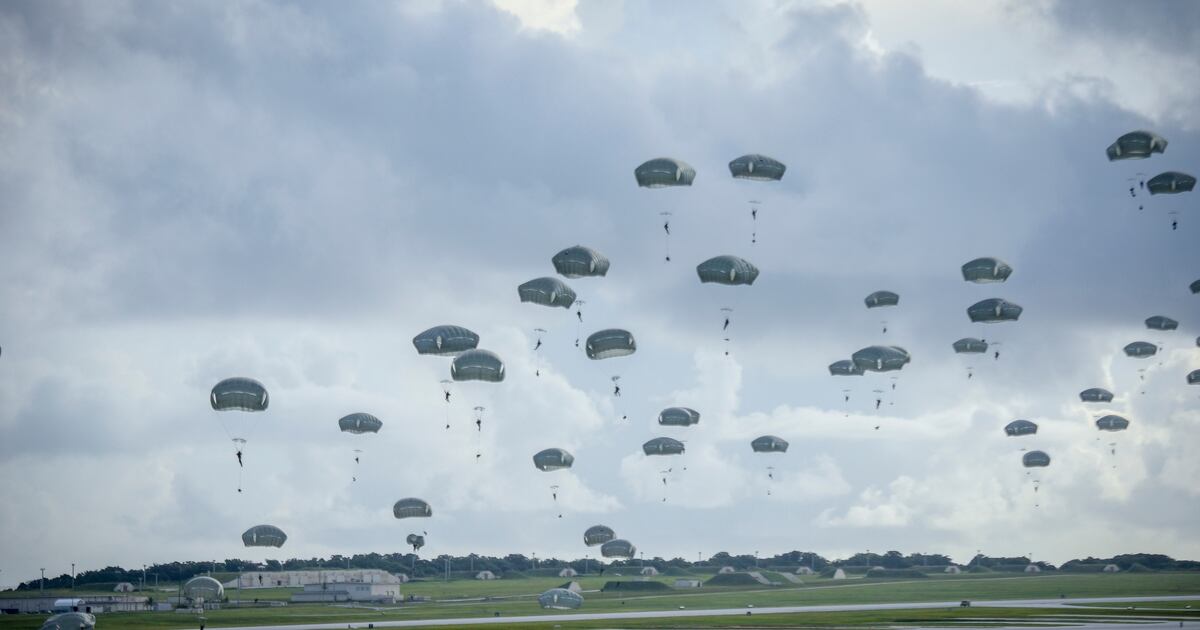
Paratroopers flew from Alaska to practice seizing a Pacific air base
An Army Alaska official said the jump was “the largest airborne operation in Guam that we are aware of in recent times.”www.armytimes.com
The recent set of war games conducted by the US seemed to indicate that as soon as one side felt they were losing the military commanders started asking for tactical nukes right away. Long wars seem unlikely under those scenarios. Besides, given the tiny inventories and enormous loss rates a major war would involve everyone would be down to small arms in a matter of weeks. A long war might look like WW1 until industry could start cranking out new build kit, and even then it might have to be lower tech to produce the required numbers.
Massive firepower that enables the defense to inflict massive losses on attackers? That looks more like WW1 than anything.It seems likely one side or the other breaks fairly quickly, or else eventually everyone runs out of easily deliverable long range weapons and ships. It is hard to see a scenario where the conflict lasts more than a week or two before one side or the other caves, since any non-nuclear conflict wouldn't be existential for either side.
The belief that "The other Side will obviously give up after 2 more weeks of war" is a great way to keep the war going. The belief that the opponent will soon run out of ammo and lose by default is also a good motivation to keep on fighting. PGMs greatly threatens all ground taking forces, while being relatively weak in terms of inflicting pain or rooting out dispersed defenders in complex terrain. Remember how the last big war had cities erased weekly and the fighting still keep on going and going? Having some bases blown up is nothing compared to having entire army groups encircled and destroyed to the man. Bombardment has been a poor way to induce decision. Look at the Vietnam war: that wasn't a conflict that was existential for either side (North Vietnam can simply stop trying for unification) and that side that was bombed for years with greater tonnage than WWII without giving up and won in the end. Sino-American war is one that both sides can not hurt each other too much (without nuclear weapons). One could say such a war is dumb, but when there is will it can last years easily. As for will, the standard sufficiently crazy ideology is enough.
Hegemony can point west. Huawei, Belt and Road are ways to influence into Eurasia. Hardly anyone mentions Huawei infrastructure already in Russia only that it is on it way West Europe. Social Democrats in Europe will not stop Huawei in W Europe or a Russian takeover of W Europe's energy market. PRC's purchase of German precision engineering companies is well known. When you dominate Eurasia and Africa, the Pacific Rim will eventually follow in a dependance on you.It would not be an economic war only. We have already clear signs of a rising hegemonic sentiment fuelled by the nation's elites in China.
The belief that "The other Side will obviously give up after 2 more weeks of war" is a great way to keep the war going. The belief that the opponent will soon run out of ammo and lose by default is also a good motivation to keep on fighting.
PGMs greatly threatens all ground taking forces, while being relatively weak in terms of inflicting pain or rooting out dispersed defenders in complex terrain. Remember how the last big war had cities erased weekly and the fighting still keep on going and going? Having some bases blown up is nothing compared to having entire army groups encircled and destroyed to the man. Bombardment has been a poor way to induce decision.
Look at the Vietnam war: that wasn't a conflict that was existential for either side (North Vietnam can simply stop trying for unification) and that side that was bombed for years with greater tonnage than WWII without giving up and won in the end.
Sino-American war is one that both sides can not hurt each other too much (without nuclear weapons). One could say such a war is dumb, but when there is will it can last years easily. As for will, the standard sufficiently crazy ideology is enough.
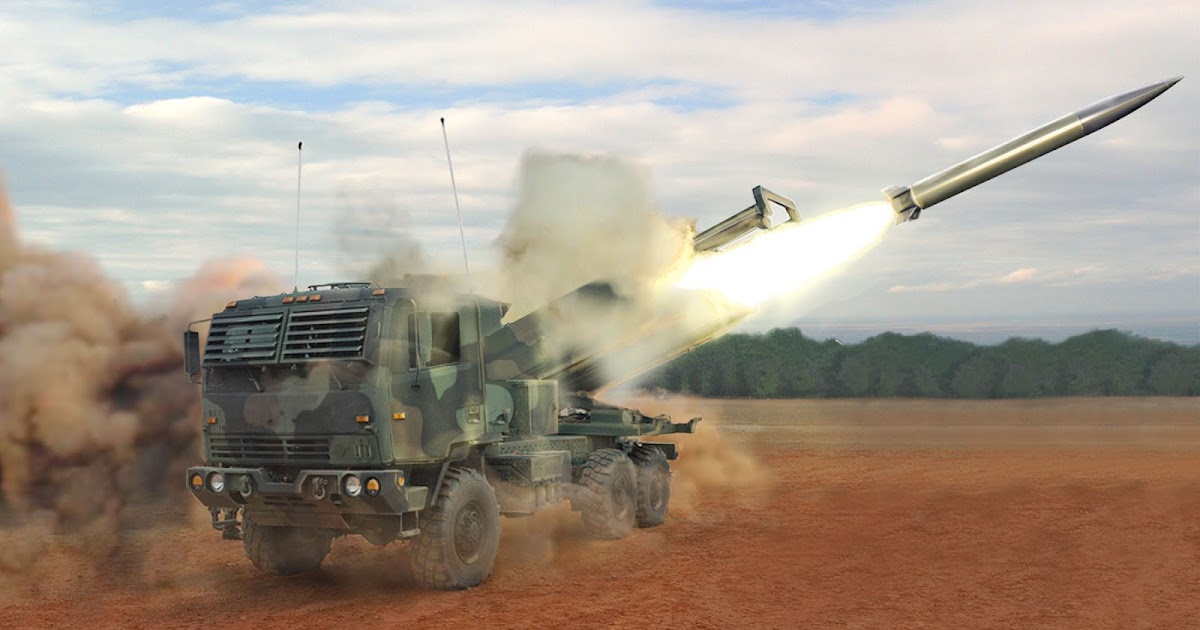
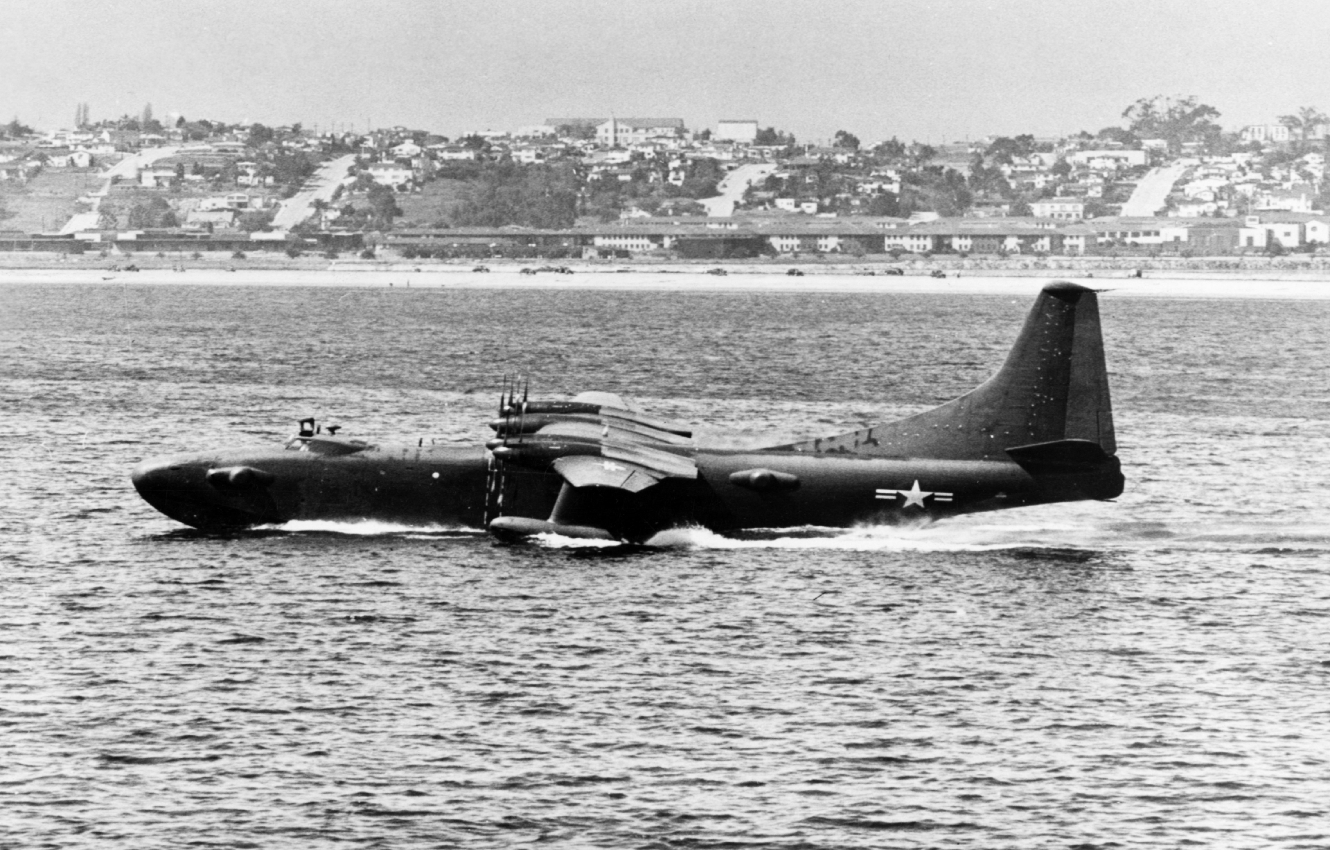
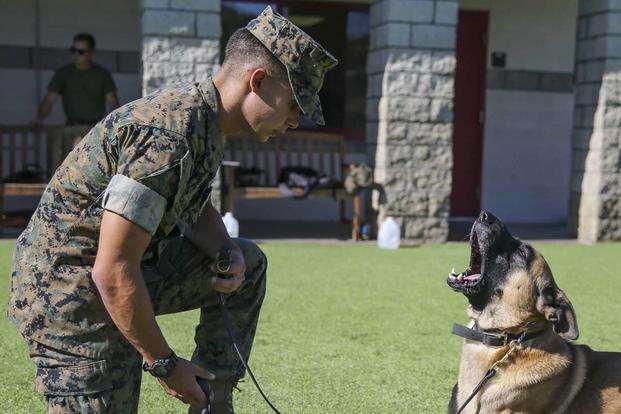

At a minimum, suppressors should meet the following requirements:
1. The suppressor should be capable of detachment/attachment and disassembly/ reassembly by an operator in the field without the use of special tools for normal care and cleaning.
2. Suppressor should enable a noise level of 139 decibels or lower at either of the shooters ears.
3. Suppressor should be a design that minimizes the change in the host rifle internal operating system dynamics.
4. Suppressor may be of the over the barrel, or flush mount design and should not be longer than 20″ total barrel length (threshold), 18″ (objective).
5. Suppressor should be of the quick detachable design. A special muzzle device may be attached (by a unit Armorer) to the OEM weapon in order to facilitate installation and removal by an operator.
6. Must be able to withstand the sustained rate of the M27 IAR (capable of a rate of fire of 36 rounds per minute for 16 minutes, 40 seconds with firing starting at ambient temperature for a 600 round load).
7. The entire suppressor and muzzle device should weigh no more than 18 oz.
8. The use of the suppressor should not increase the dispersion of each respective weapon. It is acceptable for the weapon to experience a repeatable shift in the zero between unsuppressed and suppressed operating modes, but that shift should not exceed 3 MOA for each respective weapon.
9. The suppressed weapon should retain its dispersion through the life of the barrel (objective of 24,000 rounds)
10. The suppressor system is not required to have an internal projectile pathway which is the usual industry standard for a 5.56mm diameter round. The internal bullet channel may be larger than is typical of current suppressor designs. In other words, the suppressor may be able to be employed on multiple calibers (i.e. A059 Ball, AB49, AC12, AB57 etc.) without any modification to the suppressor. This attribute not only facilitates future caliber/weapon capabilities, but could also mitigate baffle strikes.
11. Suppressor should function with all Department of Defense Identification Code (DODIC) 5.56 mm ammunition, including A059 Ball, A063 Tracer, A080 Blank, AA33 Ball, AA53 Ball Special Match, AA69 Armor Piercing, AB49 Ball Carbine barrier, AC12 and AB57 Enhanced Performance Round.
12. Suppressor should not require permanent configuration changes to the weapon system.
13. Suppressor should not inhibit the mounting or operation of the M203 or M320 grenade launchers (objective).
14. Suppressor should not require the addition of a gas mitigating charging handle.
15. Should be able to accept a suppressor sleeve in order to reduce thermal signatures and mitigate operator burns.
16. All suppressor external surfaces should have a dull, low-reflective finish (to include pins, bolts, lanyards, sight posts, etc.). The external color of the system should be consistent with current camouflage colors and patterns.
18. The suppressor material should be able to accept approved USMC paint (e.g. rattle-can spray paint).
19. Suppressor should be resistant to corrosion, abrasion, impacts and chemicals, including standard Chemical, Biological, Radiological and Nuclear (CBRN) decontaminants.
20. The suppressor should resist maritime corrosion and/or effects of carbon/copper/lead fouling.
• MIL-L-46000C – Lubricant, Semi-fluid (Automatic Weapons)
• MIL-PRF-372D – Cleaning Compound, Solvent (Bore of Small Arms and Automatic Aircraft Weapons)
• MIL-PRF-14107D – Lubricating Oil, Weapons, Low Temperature
• MIL-PRF-63460D – Lubricant, Cleaner and Preservative for Weapons and Weapons Systems
22. The suppressor should not require a more frequent cleaning schedule than the weapon system.
23. The system, with suppressor attached should continue to operate and safely function after exposure to blowing dust, mud, salt fog, rain, and icing/freezing rain environments as specified in US Army Development Test Operations Procedure (TOP) 3-2-045 (Small Arms – Hand and Shoulder Weapons and Machineguns) dated Sep 2007.
24. The system, with suppressor attached should be able to withstand the shock from a user performing individual movement techniques in combat, and the vibrations of being transported in standard military aircraft and ground vehicles as loose cargo, without degradation of performance.
25. The system, with suppressor attached should continue to safely function after being dropped in any orientation from a 1.7 meter height onto a smooth concrete or steel surface at temperatures ranging from -25º Fahrenheit (F) to 140º F. The addition of the suppressor on the weapon system should not result in a discharge when dropped from this height.
26. The system, with suppressor attached should safely function through a temperature range of -25º F to +140º F without degradation of performance.
27. In addition to the suppressor, request information on the ability of industry to provide a BFA type suppressor (that looks like, operates like and weighs the same as the live fire suppressor). This BFA type suppressor should be capable of catching a live 5.56mm round. This BFA suppressor should also be easily distinguished as a training device only.
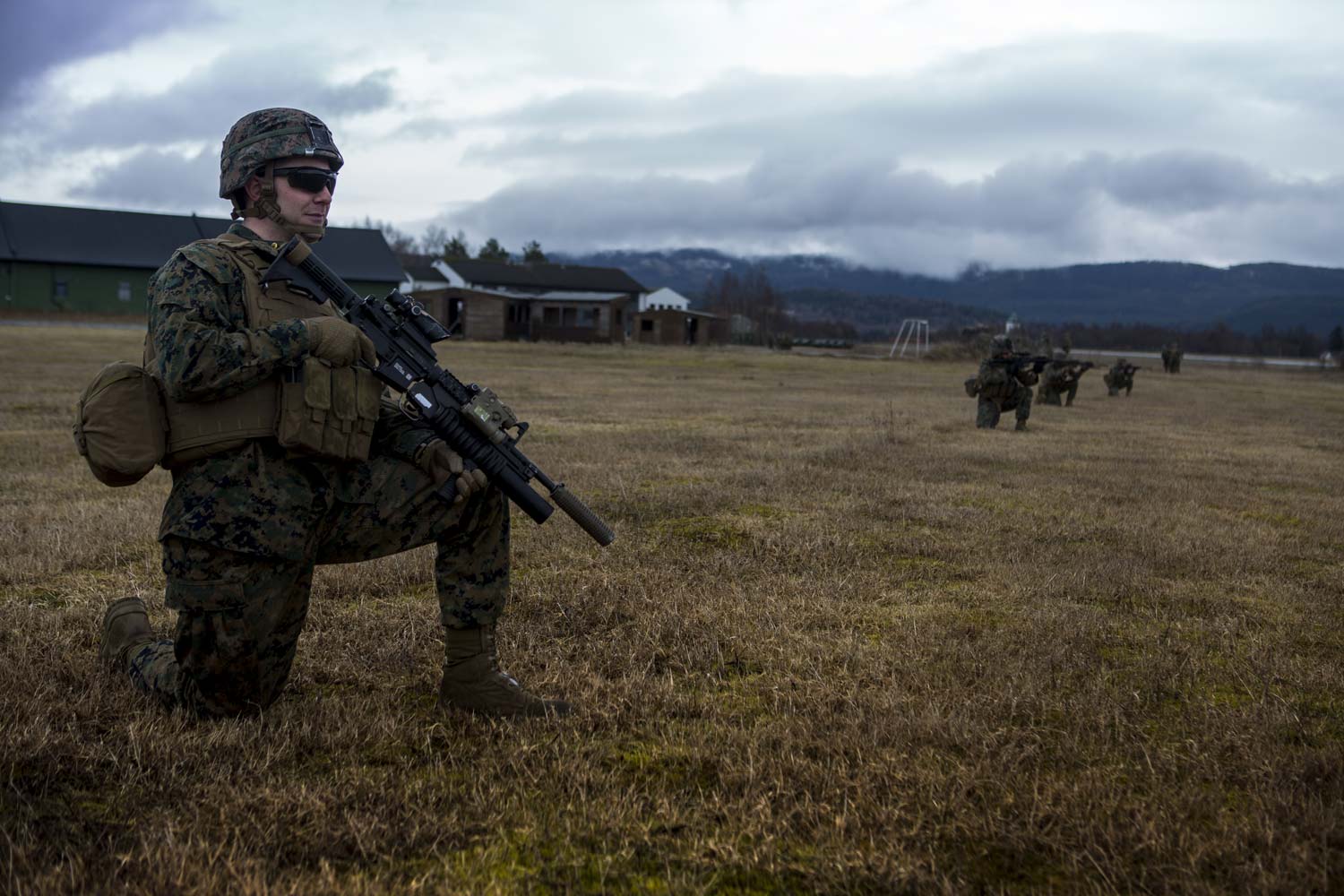
Interesting priorities.
At certain point, one or both countries would not allow their infrastructure to be a continual target of PGMs, and I think it would come sooner rather than later.
Given that the default war scenario is sort of insane, for the war to actually happen one or both sides have be "insane" one have found a technique to make it workable.There will be no long US-PRC war... Likewise, the US will not risk any PRC retaliation on the US homeland, so no nukes, and limited PGMs. No US "politic" is risking even limited strikes on CONUS... even a successful PLA invasion only leads to bloodly lengthy urban Pyrrhic victory weaking the PRC for any other challenge by the West.
Suppressors wouldn't be something that most Line marines would need on anything like a regular basis, not to mention Fleet marines (including Embassy guard detachments). A 'would be nice' item in other words.
IIRC last year there was a Marine detachment that was completely equipped with silencers for a major exercise, and one of the things that came out of that was the remark that not only situational awareness increased greatly, but also the ability to communicate across short distances was greatly enhanced.Suppressors wouldn't be something that most Line marines would need on anything like a regular basis, not to mention Fleet marines (including Embassy guard detachments). A 'would be nice' item in other words.
This seems to be changing. The Army is specifying a suppressor for all of it's next-Generation Squad Weapons as well. So going forward you can expect pretty much any US infantry small arm to be suppressed. Not silenced, since the rounds are still very supersonic, but definitely less loud. The target with the USMC gun is to keep sound pressure levels at the shooter's ears just below the pain threshold of 140 dB.
There are a number of reasons for this. One, it helps maintain situational awareness and communication, especially in CQB, if the shooters' own shots don't completely deafen them. Second, suppressors hide muzzle flash, so they are helpful in night fighting, which is increasingly common thanks to NVGs. Third, they are also recoil dampeners, which isn't a huge deal with 5.56 but will matter a lot for the 6.8mm magnum round in NGSW. And finally, the services are seeing a lot of service-related hearing loss disability claims, so knocking down muzzle noise to a level where hearing protectors actually help is a good thing.
